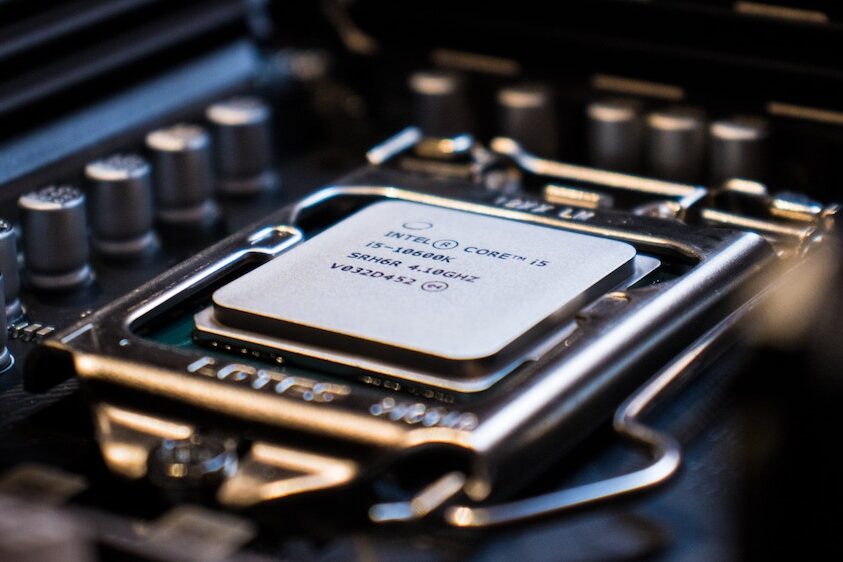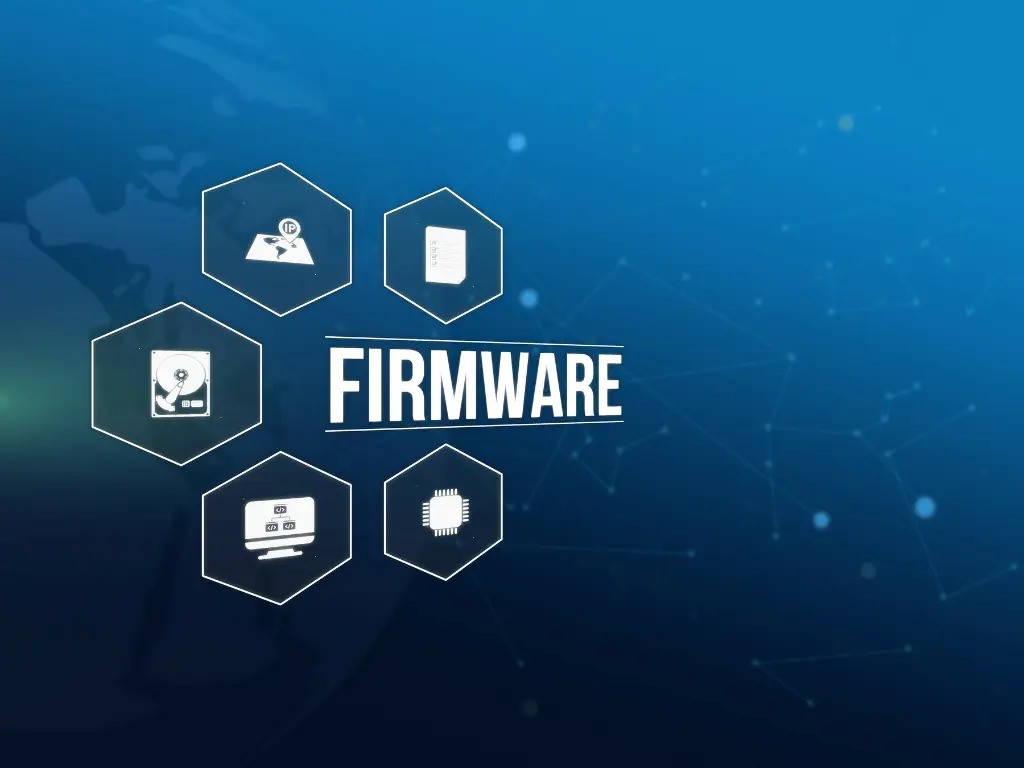Processors use firmware, not traditional drivers, for updates and performance management. Firmware is embedded in the processor and updated by the manufacturer.
Introduction:
Processors, or Central Processing Units (CPUs), are the critical components that power the operations of computers and other electronic devices. Understanding how processors work and whether they need drivers is essential for anyone interested in computer technology. This article provides an in-depth look at processors, the role of drivers, and how firmware and operating systems interact with processors.
Overview of Processors:
What is a Processor:

A processor, often referred to as the CPU, is the brain of a computer. It performs all the calculations and executes instructions necessary for software applications to run. Processors come in various types and architectures, including Intel, AMD, and ARM, each with unique features and capabilities.
Importance of Understanding Processor Functionality:
Knowing how processors function helps in optimizing performance, troubleshooting issues, and making informed decisions when purchasing or upgrading hardware. A clear understanding of processors ensures you can maximize their efficiency and compatibility with other system components.
What Are Drivers:
Definition of Drivers:
Drivers are specialized software programs that allow the operating system to communicate with hardware components. They act as intermediaries, translating the operating system’s commands into a language that hardware devices can understand.
Role of Drivers in Computer Systems:
Drivers are crucial for the proper functioning of hardware devices. Without them, the operating system would be unable to interact with components like printers, graphics cards, or storage devices. They ensure that devices perform their intended tasks correctly and efficiently.
Examples of Common Drivers:
- Printer Drivers: Enable communication between the computer and the printer.
- Graphics Card Drivers: Facilitate rendering of images and video on the screen.
- Network Card Drivers: Allow the computer to connect to networks and the internet.
- Audio Drivers: Manage sound output and input functions.
Do Processors Need Drivers:
Basic Operation of Processors:
Processors execute instructions from software and perform essential computations. They operate using built-in instructions and architecture-specific microcode, which is not the same as traditional drivers.
Microcode and Processor Functionality:
Microcode is a layer of instructions in the processor that translates higher-level commands into actions. It is an integral part of the processor’s design and is updated through firmware rather than requiring separate drivers.
Firmware vs. Traditional Drivers:
Firmware is low-level software embedded directly into the processor. It controls the basic functions and operations of the processor. Unlike traditional drivers, which are separate software programs installed in the operating system, firmware updates are built into the processor’s architecture and are updated by the manufacturer.
Processor Firmware vs. Drivers:
What is Firmware:
Firmware is a type of software programmed into the hardware, such as the processor. It controls basic operations and ensures that the hardware performs its functions correctly. Firmware is essential for the processor’s operation but is not the same as drivers.
Also read: What is a Data Processor – A Comprehensive Overview!
Differences Between Firmware and Drivers:
- Firmware: Embedded in the hardware, controls fundamental operations, updated by manufacturers.
- Drivers: Separate software installed on the operating system, facilitates communication between the OS and hardware.
How Firmware Updates Work:
Firmware updates are provided by the processor manufacturer and are applied to improve performance, fix bugs, or add new features. These updates are often delivered through system updates or specialized tools from the manufacturer.
Benefits of Firmware Updates:
- Performance Enhancements: Improve the processor’s efficiency and speed.
- Bug Fixes: Resolve issues that could affect system stability.
- New Features: Add new capabilities or improve existing ones.
- Security Improvements: Address vulnerabilities to protect against threats.
Operating System Integration:
How Operating Systems Communicate with Processors:
Operating systems have built-in support for various processor architectures. They include drivers and code to manage processor functions and ensure compatibility with different hardware.
Built-in Support for Various Processor Types:
Modern operating systems are designed to work with a wide range of processors. They provide the necessary support for processors from different manufacturers, ensuring that systems can run efficiently regardless of the processor type.
Role of the Operating System Kernel:
The kernel is the core part of the operating system that interacts directly with the hardware. It manages processor resources, handles task scheduling, and ensures that applications run smoothly.
Managing Processor Performance:
BIOS/UEFI Settings Overview:
The BIOS (Basic Input/Output System) or UEFI (Unified Extensible Firmware Interface) settings allow users to configure various aspects of the processor’s performance, such as clock speeds and power management.
How to Adjust BIOS/UEFI Settings:
To adjust these settings, access the BIOS/UEFI setup during system startup. From there, users can modify settings related to processor performance and system stability. Be cautious when making changes, as improper settings can affect system performance.
Impact of BIOS/UEFI Settings on Performance:
Adjusting BIOS/UEFI settings can enhance processor performance by optimizing clock speeds and power usage. However, it is essential to understand the settings and their effects to avoid potential issues.
Role of Operating System Updates in Performance:
Operating system updates often include improvements and optimizations for processor performance. These updates ensure that the OS can fully utilize the processor’s capabilities and maintain system stability.
Importance of Processor Firmware Updates:
Enhancements Provided by Firmware Updates:

Firmware updates can enhance processor performance and efficiency, improve compatibility with new software, and add new features.
Bug Fixes and Performance Improvements:
Updates can fix bugs that may affect system stability and performance, ensuring a smoother computing experience.
Security Updates and Vulnerabilities:
Firmware updates also address security vulnerabilities that could be exploited by malicious software, helping to protect your system.
How to Check and Apply Firmware Updates:
Check for firmware updates through your processor manufacturer’s website or system update tools. Apply updates carefully, following the manufacturer’s instructions.
Future Trends in Processor Technology:
Emerging Technologies and Their Impact:
New technologies, such as AI and quantum computing, are influencing processor design and functionality. These advancements could change how processors are managed and integrated into systems.
Potential Changes in Processor Management:
Future processors may introduce new management techniques and requirements, potentially affecting how firmware and system updates are handled.
Predictions for Processor Firmware and Driver Needs:
As technology evolves, the role of firmware and drivers may shift. Staying informed about these changes ensures you can adapt and maintain optimal system performance.
FAQ’s:
1. Do processors need drivers?
No, processors do not need traditional drivers. They use firmware for their functionality and updates.
2. What is the difference between firmware and drivers?
Firmware is built into the hardware and controls basic operations, while drivers are separate software that facilitates communication between the operating system and hardware.
3. How do processors get updates?
Processors receive updates through firmware, which is provided by the manufacturer to improve performance, fix bugs, and enhance security.
4. What role does the operating system play in processor management?
The operating system integrates with processors through its kernel, providing built-in support and optimizing performance without needing separate drivers.
5. Can I adjust processor settings in BIOS/UEFI?
Yes, BIOS/UEFI settings allow you to configure processor parameters like clock speeds and power management for improved performance.
Conclusion:
Processors do not require traditional drivers but rely on firmware for updates and performance management. Understanding how firmware differs from drivers and how operating systems interact with processors is essential for optimizing performance and maintaining system stability. Regular updates and proper management ensure that processors continue to perform efficiently and securely.




